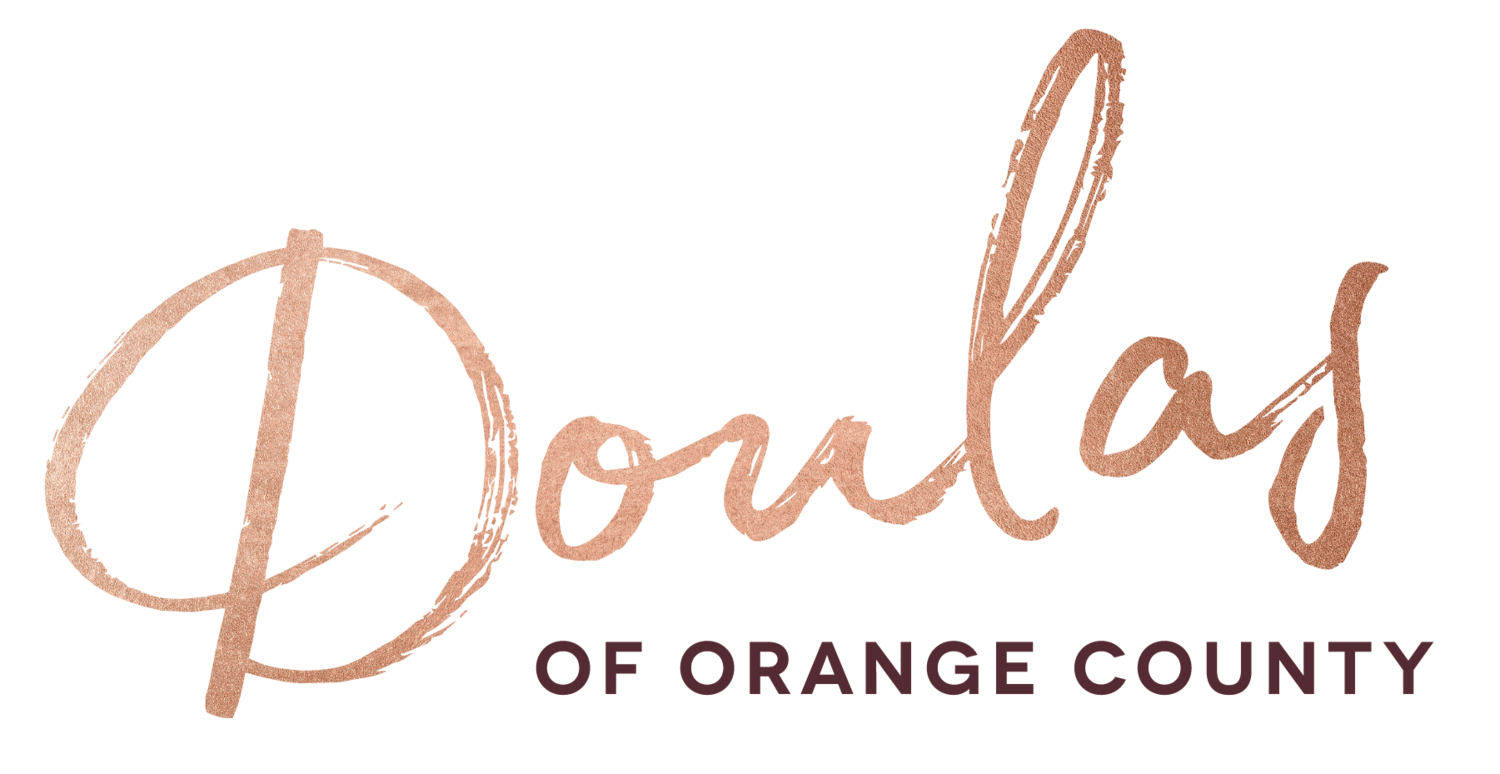There is more to giving a baby a bottle than just filling the bottle and putting it into your baby’s mouth. We asked the postpartum doulas and newborn care specialists of Orange County for their best bottle feeding tips and advice!
Always hold your baby when giving a bottle.
It's also a good idea to alternate sides that you hold them on to promote balanced eye and motor coordination.
If you are introducing a bottle for the first time, the bottle may not be a big hit.
Don't force it but keep trying each day. Our number one most effective tip for transitioning your breastfed baby onto a bottle is to have some one else (dad, grandma, a friend) give your baby the first few bottles. Because you smell of milk your baby may strongly prefer to breastfeed or may get confused. You can easily reduce confusion and stress by having someone else introduce a bottle.
Keep your baby upright during feeds.
It is recommended that you do not feed your baby a bottle while they are lying down as it can increase the risk of an ear infection. We encourage parents learn to utilize “paced bottle feeding.” Paced bottle feeding lets your baby control the flow of milk and reduces the chances of frustrations between flow preference when transitioning from breast to bottle. Need hands-on guidance for paced feedings? Your postpartum doula or lactation consultant can help!
Only feed your baby when they shows signs of hunger.
Early hunger signs: Smacking or licking lips, opening and closing mouth, and sucking on lips, tongue, hands, fingers, toes, toys, or clothing are signs that you should feed your baby soon.
Active hunger signs: Rooting around on your chest, trying to position for nursing (if breastfed), or fussing are signs that you should feed your baby now.
Late hunger signs: Moving head frantically from side to side, and/or crying means your baby is very hungry. You may need to soothe him or her before feeding.
Unless you have well water (but not always with well water), it is likely unnecessary to continue sterilizing your bottles, rings and nipples.
Before using any of your feeding supplies, items should be sterilized by immersing in boiling water for at least 5 minutes. After that, if your water is suitable for drinking, a wash in hot, soapy water is sufficient.
"Nursing pillows" are useful for all types of feeding, especially after a cesarean section!
Use a nursing pillow for bottlefeeding and give your back a break. Nursing pillows are also great for supporting your baby when they are learning to sit or supporting their upper body during supervised tummy time.
If you'd like personal support while learning to feed your new baby or while transitioning from breast to bottle, our postpartum doulas are knowledgeable about all types of feeding, including breastfeeding, bottle feeding, and a variety of alternative feeding methods including lactation aids, cup and syringe feeding. We can also connect you with a lactation consultant for breastfeeding support, in home or virtually.

